There’s something about dark wood that never goes out of style. It adds depth, warmth, and a quiet elegance to any room.
I’ve always believed that the wood you choose, whether it’s for furniture, flooring, or trim, has a big impact on how a space feels.
In this guide, I’ll share:
- A list of popular dark wood types
- Simple tips for choosing the right one
- Easy ways to match it with your style and space
If you’ve been unsure about which dark wood to use, I get it. It can be tough to know where to begin.
That’s why I’ve put together this honest, straightforward guide. I’ll walk you through what each type brings to the table and how to avoid common mistakes.
You won’t find trends here, just practical advice and real details that matter. Let’s figure out which dark wood works best for you, step by step.
Understanding Dark Wood
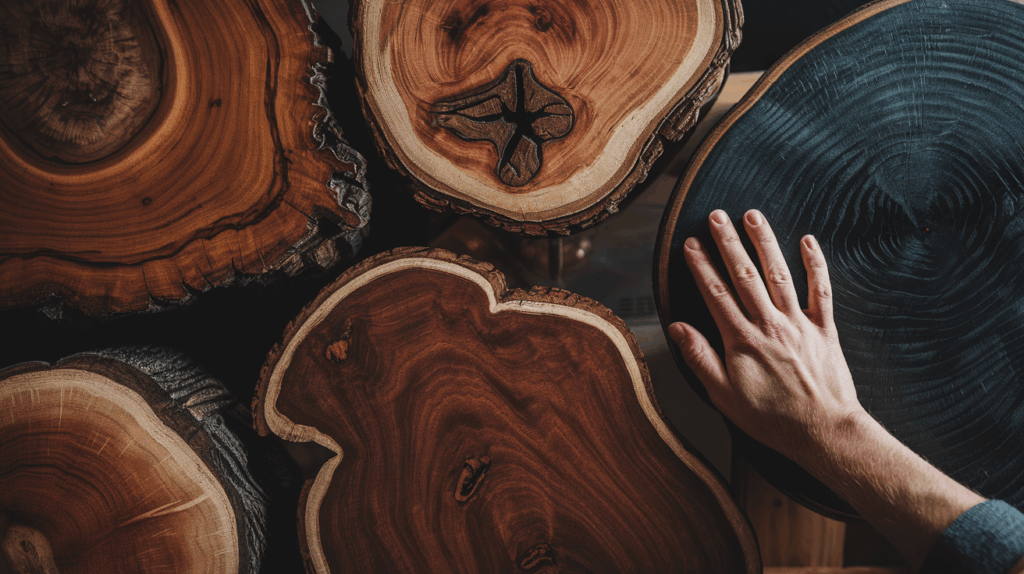
When I say “dark wood,” I’m talking about wood that naturally has a deeper tone. It’s not stained dark. It growsthat way.
Think rich browns, deep reds, and even near-black shades. These woods hold their color even when sanded or finished.
Now, what makes dark wood stand out?
- Grain patterns: Some are smooth. Some are bold. You’ll see waves, swirls, or tight lines depending on the type.
- Hardness: Most dark woods are harder than light ones. That means they resist dents better.
- Durability: These woods can last for decadeswith proper care. That’s no exaggeration, I’ve seen it myself.
But why should you care? Because dark wood isn’t just pretty. It’s:
- Strong
- Long-lasting
- Timeless
Dark wood is suitable for modern homes, cozy cabins, and everything in between. If you want something that will last for years, darkwood might be your match.
Popular Types of Dark Wood
Choosing dark wood isn’t just about picking the darkest one. It’s about finding the right matchfor your space, your project, and your budget.
1. Ebony

Ebony is one of the darkest woods you can find. It’s jet blackwith a fine, smooth texture that feels polished even before you finish it.
You’ll usually see it in luxury furniture and musical instrumentsbecause of how striking it looks.
It’s dense and heavy, which gives it a strong, solid feel. The grain is very tight, so it almost looks like a smooth surface. It’s often chosen when you want a bold, dramatic look.
Benefits:
- Adds bold contrast in modern spaces
- Very dense and long-lasting
- Naturally beautiful without much effort
2. Walnut
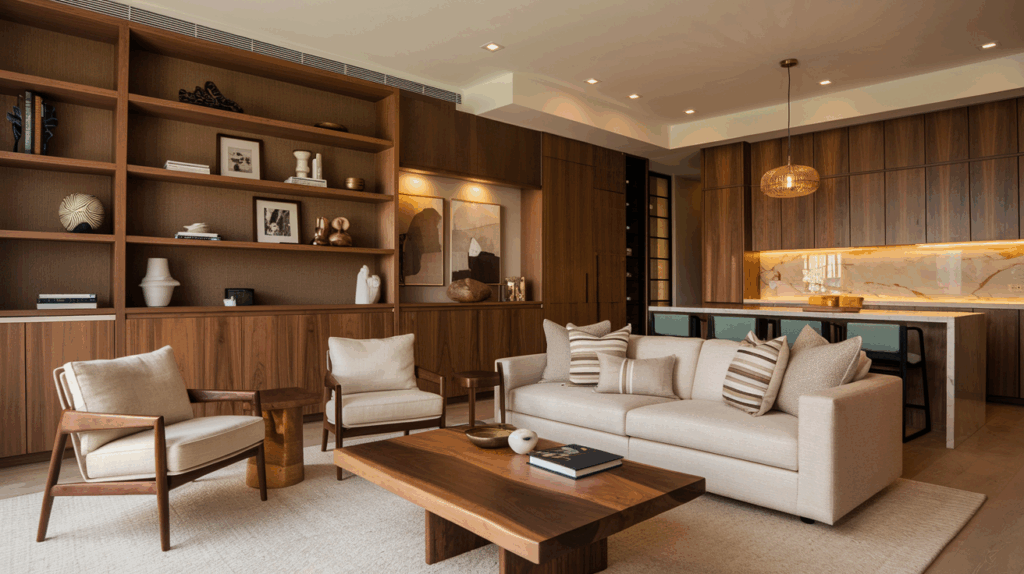
Walnut has a rich brown colorwith a straight, even grain. It’s a favorite for furniture and cabinetrybecause it’s easy to shape and looks great in many settings.
Walnut is known for its warm tone, which works well in almost any room. Its color can range from light chocolate to deep brown.
Walnut is also a go-to choice for custom work and wood carving.
Benefits:
- Easy to cut and work with
- Matches well with both light and dark tones
- Holds detail well for carved designs
3. Mahogany
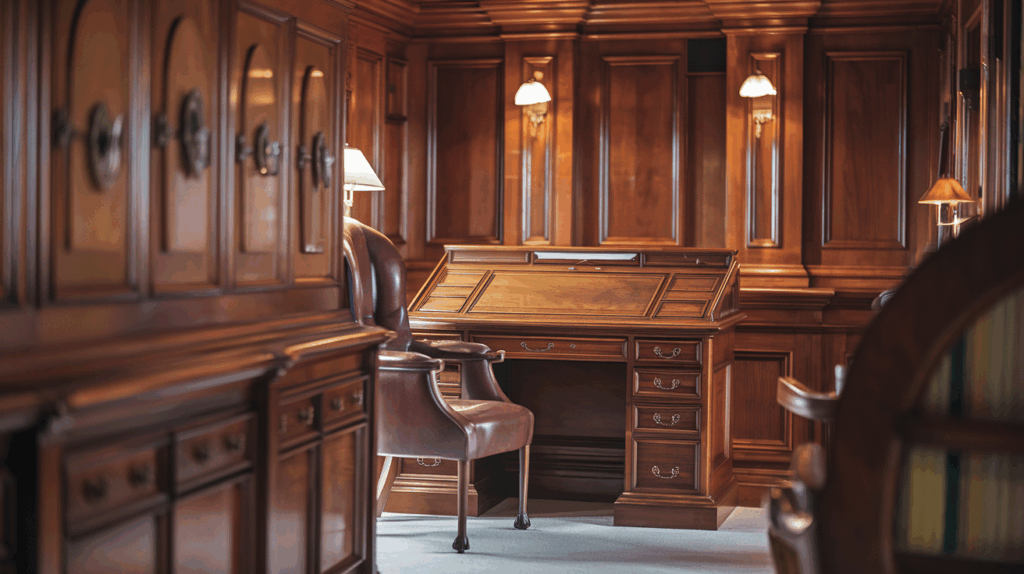
Mahogany brings a deep reddish-brownshade that feels warm and classic. It’s often used for fine furniture and wood veneersand has a smooth, straight grain.
The wood has a soft glow when polished, making it look rich without being flashy. It resists warping and cracking over time.
People choose mahogany when they want a long-lasting, timeless look.
Benefits:
- Resists moisture and warping
- Has a consistent grain for a clean finish
- Ages beautifully with time
4. Wenge
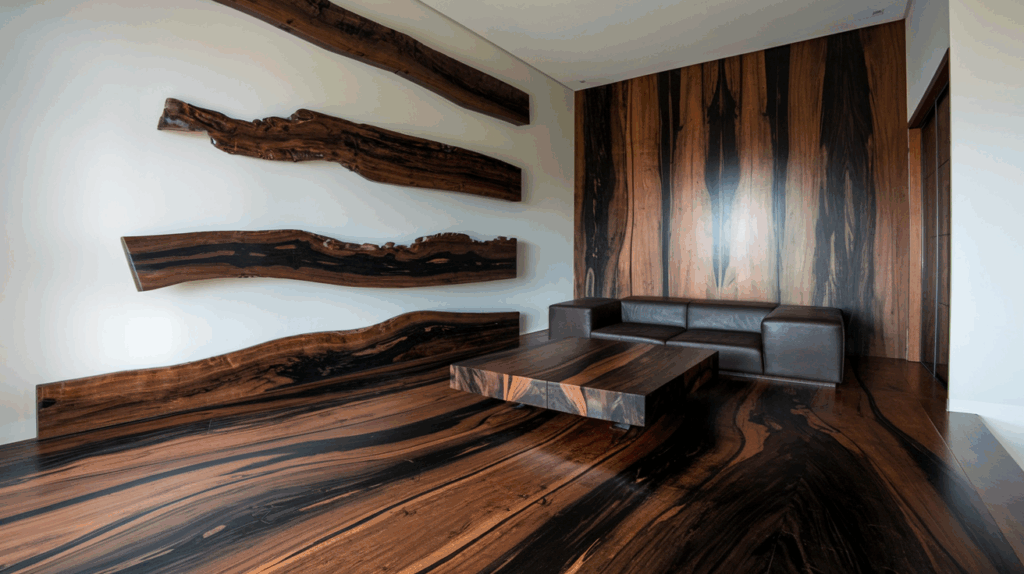
Wenge is a dark brown wood with black streaks, giving it a bold, earthy look. Because of its hardness and unique appearance, it’s often used in flooring and decorative paneling.
Its texture is rough at first, but can be sanded smooth.
The bold grain makes wenge stand out in modern and rustic homes. Itworks well when you want something tough and dramatic.
Benefits:
- Extremely durable under heavy use
- Stands out with natural patterns
- Adds richness to modern or rustic styles
5. Rosewood

Rosewood comes in dark browns with hints of red and purple, and it has one-of-a-kind grain patterns. It’s used in luxury furniture and instrumentsand gives off a high-end feel.
Each piece looks a little different, which adds personality to your project.
The wood has a slight natural shine, even before it’s finished. It feels smooth and is often used for statement pieces.
Benefits:
- Visually striking for accent pieces
- Offers a strong, smooth surface
- Brings natural color variation to a space
Each wood has its own story. And you get to decide which one fits yours.
Comparison Table: Popular Types of Dark Wood
| Wood Type | Color & Grain | Common Uses | Pros | Cons |
|---|---|---|---|---|
| Ebony | Jet black, fine texture | High-end furniture, instruments | Extremely durable, elegant, and strong contrast | Very expensive, hard to work with |
| Walnut | Rich brown, straight grain | Furniture, cabinetry | Easy to work with, versatile, and great for carving | Can be pricey compared to lighter woods |
| Mahogany | Deep reddish-brown, straight grain | Furniture, veneers, trim | Stable, moisture-resistant, and improves with age | May darken over time, moderately expensive |
| Wenge | Dark brown with black streaks, bold texture | Flooring, wall panels, and cabinetry | Very durable, unique look, termite-resistant | Tough to finish smoothly, can be splintery |
| Rosewood | Dark brown with red/purple tones, wavy grain | Luxury furniture, musical instruments | Beautiful grain, naturally oily, great finish | Can be restricted, expensive, and hard to source ethically |
Factors to Consider When Choosing Dark Wood
I know it’s tempting to choose the one that looksbest, but let’s slow down for a second. There’s more to it than just color.
First, you need to consider a few things if you want the wood to look good and work well in your space.
1. Aesthetic Compatibility
Dark wood should feel naturalin your space. Some woods have warm tones that look great with beige, cream, or gold.
Others lean cool and pair better with gray, black, or white. Look at your room’s colors before you decide.
2. Durability Needs
If the wood is going in a busy area, strength matters. Floors and tabletops need harder options like ebony or wenge.
Lighter-use spots, like shelves, can handle softer woods. Match the wood’s durability to how you’ll actually use it.
3. Maintenance Requirements
Some dark woods are easy to keep up with, while others aren’t. If you don’t want to spend time polishing or babying the piece, go simple.
Choose wood that holds up without much fuss. That way, you’ll enjoy it more and worry less.
4. Budget Constraints
Not all dark woods are priced the same. Walnut gives you great style without breaking the bank.
Ebony and rosewood are stunning but usually cost a lot more. Stick with what feels right for both your home and your budget.
5. Environmental Impact
It’s worth checking where the wood comes from. Some dark woods, like rosewood, are rare or protected.
Look for sustainable or certified sources when possible. You can have beauty and still make a thoughtful choice.
Think beyond the surface. When you match the right wood to your style, needs, and values, you get something that lasts and feels right.
Tips for Incorporating Dark Wood into Your Space
You picked the perfect dark wood. Now what? Let’s discuss how to make it work in your home without making things feel heavy or dark.
Contrast with Light Elements
Dark wood can feel heavy on its own, so you’ll need balance. Try pairing it with light-colored walls, rugs, or curtains. White, cream, or soft beige works well.
The contrast brings out the wood’s natural beauty, so yourspace will feel open, not crowded.
Mixing Wood Tones
You don’t need to match everything. I used to think all wood had to be the same. Nope. You can mix light and dark woodsfor a layered, lived-in feel.
Just keep the undertones warm or cool across the board. That way, everything feels connected.
Accentuating with Accessories
Sometimes, it’s the small things that tie it all together. Think brass hardware, metal frames, or textured throws. These extras help break up the solid wood look.
It adds interest without taking away from the wood itself. Subtle touches go a long way.
Lighting Considerations
This one’s big. Dark wood soaks up light. If the room feels dim, it might not be the paint it’s the wood. Add more natural light or warm lamps.
Even a small table lamp can make a huge difference. Don’t be afraid to layer your lighting.
I promise you can use dark wood without making your space feel small. It just takes a little planning anda few easy changes.
Maintenance and Care for Dark Wood
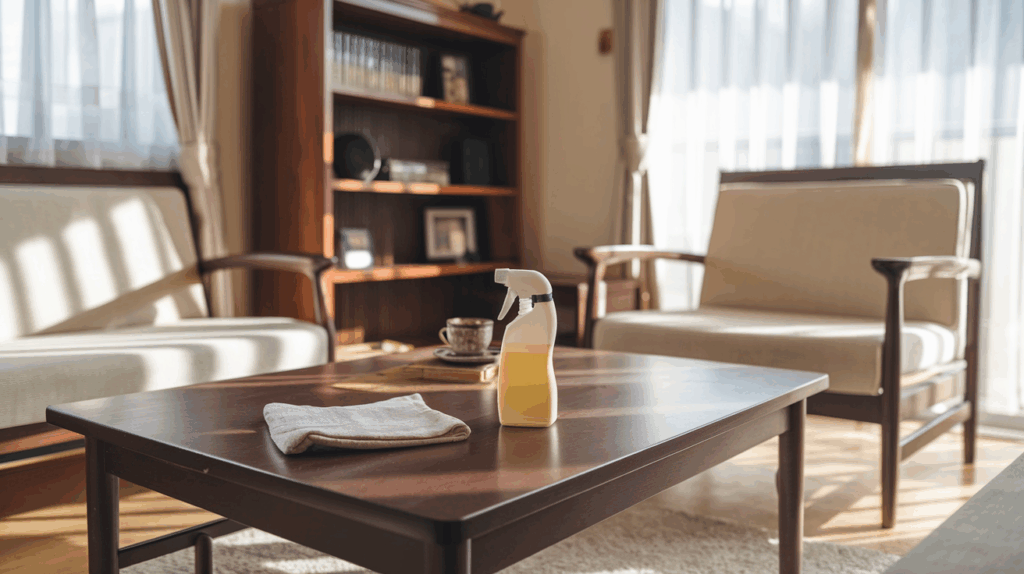
I’ve learned that keeping dark wood looking good takes a little effort, but it’s not hard once you know what to do. Let me break it down for you quick and easy.
- Cleaning Practices: I use a soft, damp cloth to remove everyday dust. For deeper cleaning, I use a mild wood cleaner withoutharsh chemicals.
- Preventing Damage: Always use coasters, pads, or rugsto protect the surface. Keep wood away from direct water or the sun.
- Long-Term Care: If the finish looks dull or worn, it might be time to refinish or reseal every few years. I usually check once a year.
These small steps go a long way. Trust me, a little care now can save you a lot ofwork later.
Conclusion
Dark wood brings warmth, strength, and timeless style to any space.
In this blog, I discussedthe most popular types of dark wood, how to use them well, and what it takes to care for them long-term.
Each type has its own look and feel, so choosing the right one depends onwhat works best for yourhome and lifestyle.
If you’ve been thinking about adding dark wood to a table, floor, or even a shelf, now’s a great time to take that step.
Look around your space. Ask yourself what mood you want. Then, start smallor go bold.
Whatever you choose, know this: dark wood can last a lifetimewhen picked and cared for with intention. And you’ve got all the tips to do just that.

